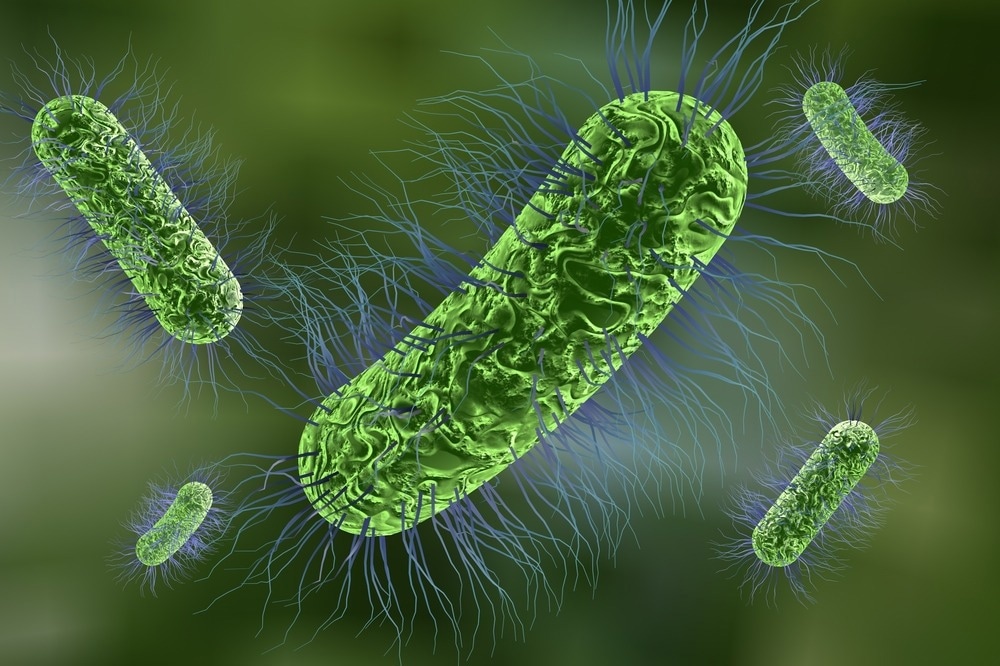Investigating Immune Responses to Bladder Infections

Introduction
The innate immune response to bladder infections
The adaptive immune response to bladder infections
References
Recent statistics estimate that roughly one in three women will have had a urinary tract infection (UTI) by 24. Over a lifetime, more than half of women will have suffered a UTI. They are one of the most common bacterial infections affecting humans and are putting a huge burden on health systems around the globe. In the US alone, billions of dollars are spent each year on the cost of treating UTIs.
Although UTIs have a high incidence and prevalence in the global community, our understanding of how the immune system is recruited in bladder infections is not fully developed. Now, as multi-drug resistant bacteria increase among UTI isolates, more research focus is being given to enhancing our understanding of how the immune system manages UTIs. As a result, research published in recent years has shed light on the role of the highly coordinated innate immune system in UTIs and has also begun to develop our understanding of the role of the adaptive immune response in these infections.
Image Credit: ANN PATCHANAN/Shutterstock.com
The innate immune response to bladder infections
Recent research has uncovered how the innate immune system responds to pathogens that cause UTIs. We know that the main cellular components of this system include epithelial cells, neutrophils, mast cells, and macrophages. Here, we outline how each of these cells responds to bladder infections.
The superficial bladder epithelial cells (BECs) are often the first host cells that bladder infection-causing pathogens encounter. These cells form a tight and impenetrable barrier and have receptors for a wide range of bacteria or their products. Studies have shown that infection with a pathogen triggers pattern recognition receptor activity, leading to the secretion of Interleukin-6 (IL-6) and IL-1β, and other cytokines. BECs secrete other inflammatory mediators that, together with these cytokines, result in an influx of immune cells towards the epithelium layer, ready to kill invading pathogens.
It is believed that the first recruited immune cells that infect bacteria come across are neutrophils. These cells oversee the elimination of the pathogen once the inflammatory response has been initiated. Once pattern recognition receptor activity has been triggered, BECs produce IL-8, which triggers the recruitment of neutrophils to the bladder lumen and superficial epithelium, where the invading pathogens can be found.
Mast cells are also prominent innate immune cells important in the innate immune response to bladder infections. These cells are prevalent in the bladder, localized in the lamina propria and the detrusor muscles. Research has also shown that they can relocate, depending on the exact location of the infection, as well as proliferate to respond to invading pathogens.
Macrophages that reside in the lamina propria of the bladder, often Ly6C− macrophages, are also recruited in response to a bladder infection. They are responsible for recruiting neutrophils and Ly6C+ macrophages to the lamina propria of the bladder via secretion of chemokines (e.g., CXCL1 and CXCL2).
Finally, recent animal models have revealed that several other cells, such as natural killer (NK) and γδ T cells, may be involved in the human immune response to bladder infections. Currently, this research is in its infancy, and further work is required to uncover exactly how resident immune cells fight bacteria while collaborating with other immune cells.
The adaptive immune response to bladder infections
The adaptive immune response to bladder infections is less understood than the innate immune response. So far, studies have revealed several key points. First, we know that the bladder’s mucus layer, antimicrobial peptides, and secretory immunoglobulins work as the bladder’s passive defense system. However, when these defenses fail and bacteria successfully invade the organism, an acute inflammatory response is triggered within the bladder.
The urothelium and resident immune cells provide an additional layer of defense, which produce defense molecules, cytokines, and chemokines (as described above). These cells recruit other immune cells to the site of the infection. Both resident and recruited immune cells work together to remove the bacteria and develop a long-term immune memory against the pathogen.
However, because UTIs are commonly recurrent, it is clear that the memory immune response of the bladder is insufficient. Further, the enduring changes that bladder infections cause to the urothelium have rendered the tissue more prone to re-infection.
Currently, we have limited data to explain how adaptive immunity develops and how bladder homeostasis is restored after infection. Recent research published in 2020 in Nature Reviews Urology found that Uropathogenic Escherichia coli triggers a non-sterilizing adaptive immune response in the bladder. This bacteria causes lasting changes in the urothelium of the bladder, revealing that the development of pathogen resistance or increased susceptibility is dependent on the outcome of the initial infection.
Future research into the adaptive immune response to bladder infections may lead to the development of vaccines and non-antibiotic-based therapies that may overcome the challenge of increasing antibiotic resistance.
Image Credit: Kateryna Kon/Shutterstock.com
References
- Abraham, S. and Miao, Y., 2015. The nature of immune responses to urinary tract infections. Nature Reviews Immunology, 15(10), pp.655-663. https://www.ncbi.nlm.nih.gov/pmc/articles/PMC4926313/
- Hayes, B. and Abraham, S., 2016. Innate Immune Responses to Bladder Infection. Microbiology Spectrum, 4(6). https://www.ncbi.nlm.nih.gov/pmc/articles/PMC5242417/
- Lacerda Mariano, L. and Ingersoll, M., 2020. The immune response to infection in the bladder. Nature Reviews Urology, 17(8), pp.439-458. https://www.nature.com/articles/s41585-020-0350-8
Further Reading
- All Bladder Content
- How to Keep a Bladder Diary
- Bladder Control and Diet Changes
- Structure of the Bladder
- A Guide to Keeping Your Bladder Healthy
Last Updated: Aug 30, 2022

Written by
Sarah Moore
After studying Psychology and then Neuroscience, Sarah quickly found her enjoyment for researching and writing research papers; turning to a passion to connect ideas with people through writing.
Source: Read Full Article

